-
Catalysts
addremove
- Universal catalysts
- Sports catalystsaddremove
- Reconditioned catalystsaddremove
- Alfa Romeoaddremove
- Aston Martinaddremove
- Audiaddremove
- Acuraaddremove
- BMWaddremove
- Chrysleraddremove
- Citroenaddremove
- Daciaaddremove
- Dodgeaddremove
- Fordaddremove
- Hondaaddremove
- Hyundaiaddremove
- Jaguaraddremove
- Jeepaddremove
- KIAaddremove
- Lamborghiniaddremove
- Huracanaddremove
- Land Roveraddremove
- Lexusaddremove
- MAN
- Mercedes-Benzaddremove
- Mazdaaddremove
- MINIaddremove
- Nissanaddremove
- Opeladdremove
- Peugeotaddremove
- Porscheaddremove
- Renaultaddremove
- SEATaddremove
- Skodaaddremove
- Toyotaaddremove
- Volkswagenaddremove
- Volvoaddremove
- Original catalytic convertersaddremove
- Dedicated catalystsaddremove
- Used catalytic convertersaddremove
-
Catalysts
add remove Catalysts add remove
- Catalyst inserts addremove
- DPF Filters
-
Accessories
addremove
- Catalytic converter insert housings
- Exhaust cones
- Gadgets
- Exhaust dampers
- Probes and sensorsaddremove
- Lambda probesaddremove
- Temperature sensorsaddremove
- Exhaust gas pressure sensorsaddremove
- Crankshaft position sensorsaddremove
- Regeneration of catalysts
- Contact
- Blog
- Download
CATALYST REGENERATION BMW E60 3.0 gasoline 2007.
Ours were here... ;-)
The customer brought catalytic converters for regeneration, which he had already had for regeneration about 2-3 years ago.
After cutting the housings apart, it turned out that one of the catalytic converters had probably been regenerated twice, each time a smaller insert was inserted than the previous one. The first insert was welded with a diameter that was 5 mm too small, the next one was welded into the regenerated one with a smaller diameter again. In this way, the flow diameter was reduced by approximately 15 mm. It's like welding 90 mm inserts instead of 105 mm. It is also possible that some rolled sheet metal was welded in to compensate for the differences in diameters; if this was the intention, it was implemented only in one catalytic converter (maybe there was no sheet metal? ;-) ). Additionally, the housings were cut to provide access to too small inserts and to fill a gap that was too large. We can understand that not everyone has inserts with a diameter of 5 mm in stock and that is why they welded 100 mm instead of 105 mm, but welding another smaller insert into the one that is already too small is a bit of an exaggeration. Of course, the reason was probably the difficulty in getting rid of the previously welded insert. Well, it's not always easy. It was necessary to remove the previously welded insert or even two, and that's what we did. The lathe was set in motion to collect the weld from the inside, restoring the casing to its original size. After measuring, it turned out that inserts with a diameter of 105 mm were needed. Rarely anyone has one of these, we have J in various lengths of 50, 60, 80, 100 and 140 mm and in all available emission standards, from Euro 2 to Euro 6. We have never yet sent back catalytic converters to a customer with the information "we're sorry." "but we don't have inserts of this size." The car was manufactured in 2007 and according to the vin number, Euro 4 cartridges had to be used. All 4 catalytic converters were of the same diameter, so we used Euro 4 105/100 mm 500 cpsi cartridges. We Tig welded with stainless steel wire. The work was done properly, except for the aesthetics remaining after the previous regeneration in the form of migomat, unsightly rusty welds.
1. Before regeneration

2. ours were here
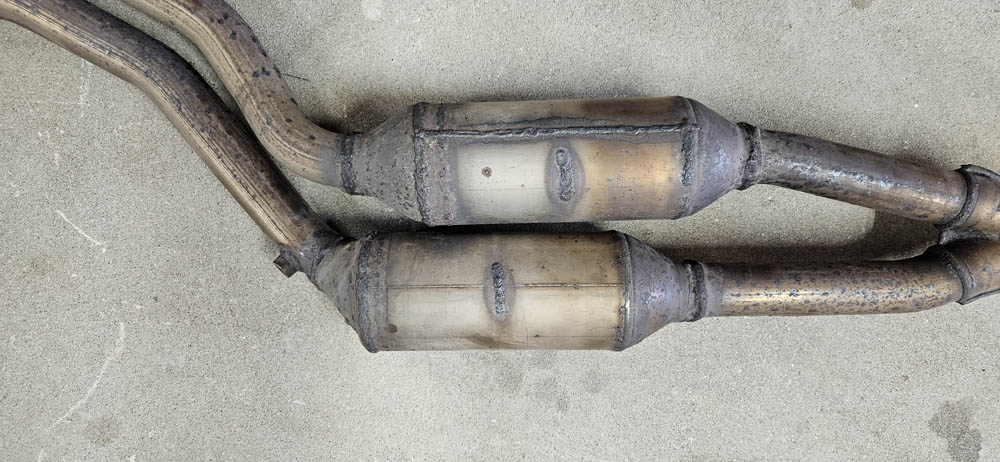
3. after cutting
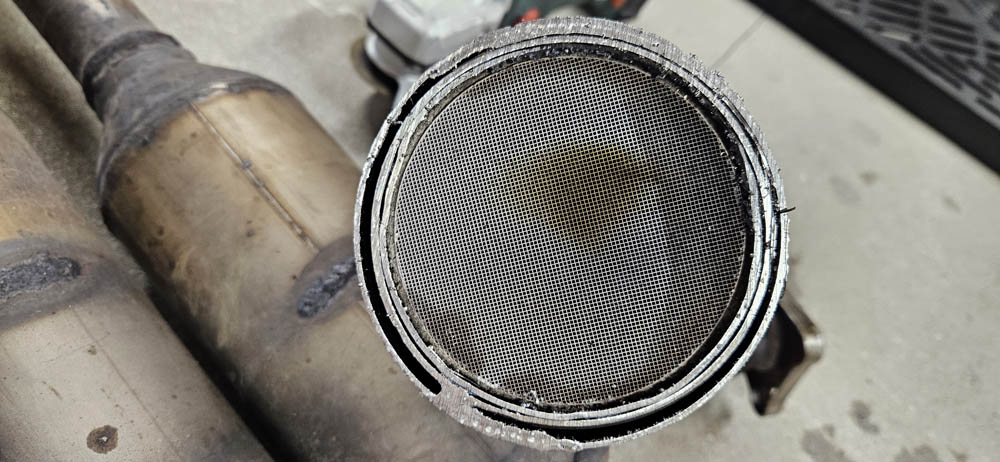
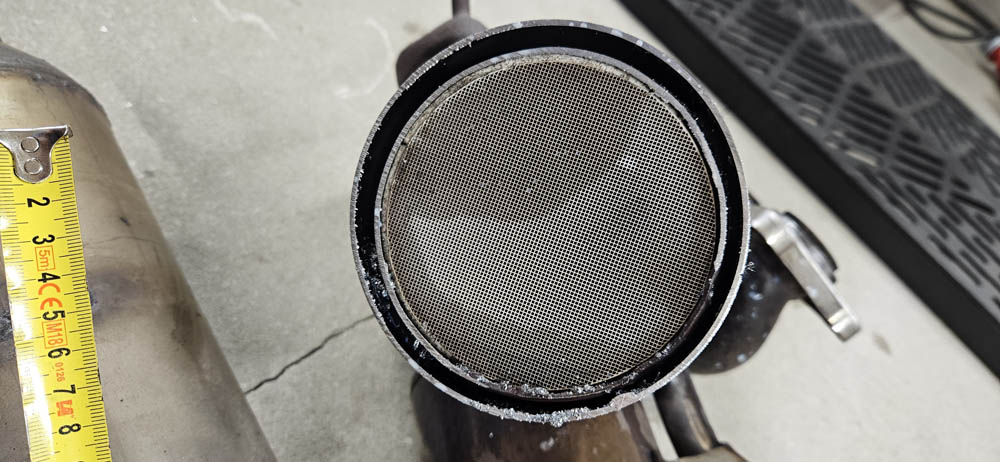
4. residue from the removal of old cartridges
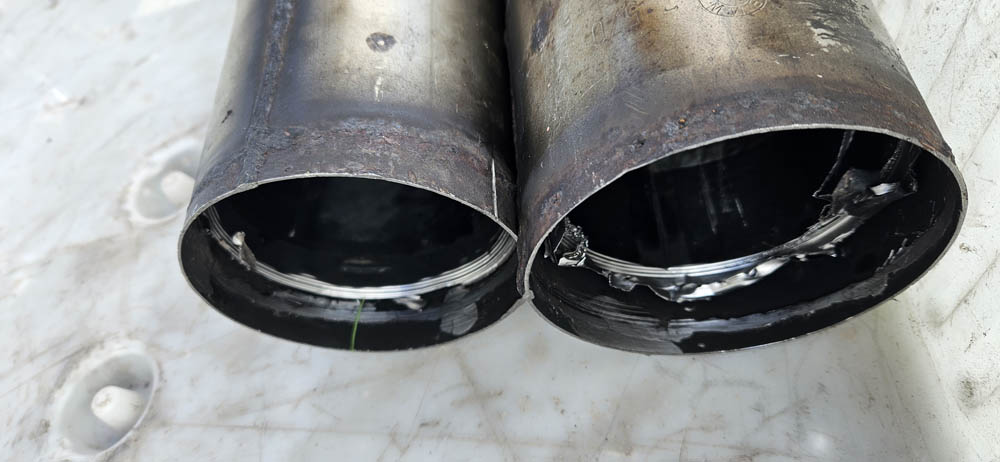
5. after regeneration
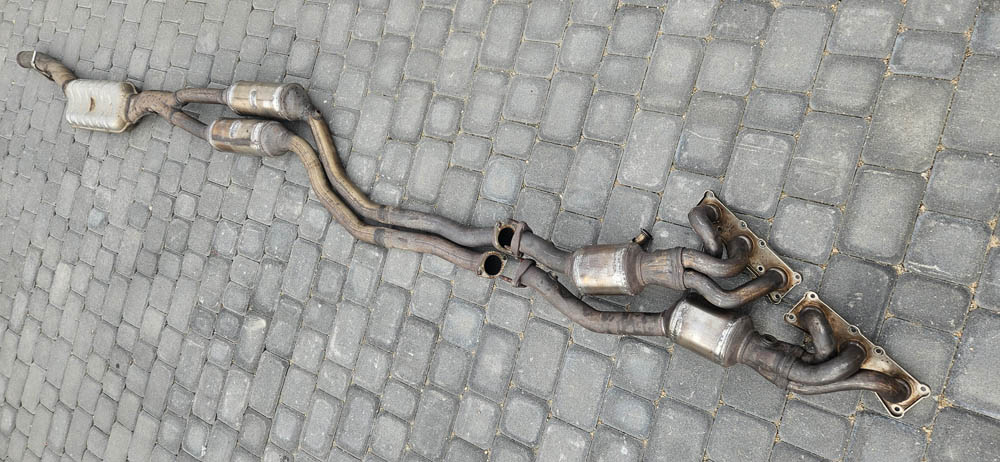

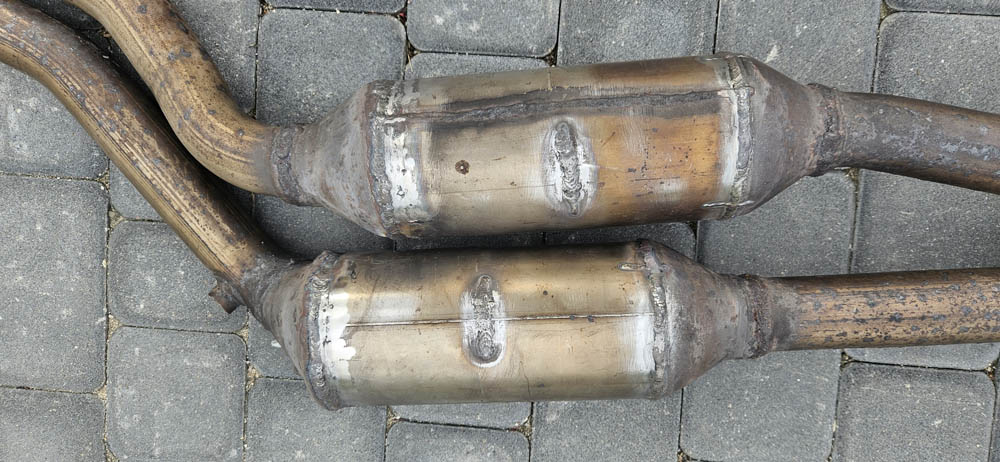








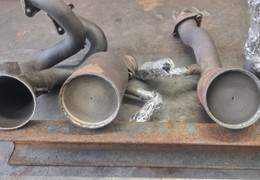
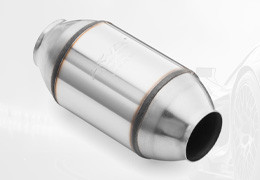
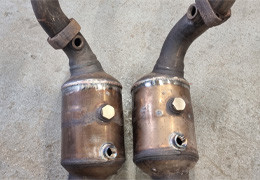
Latest comments